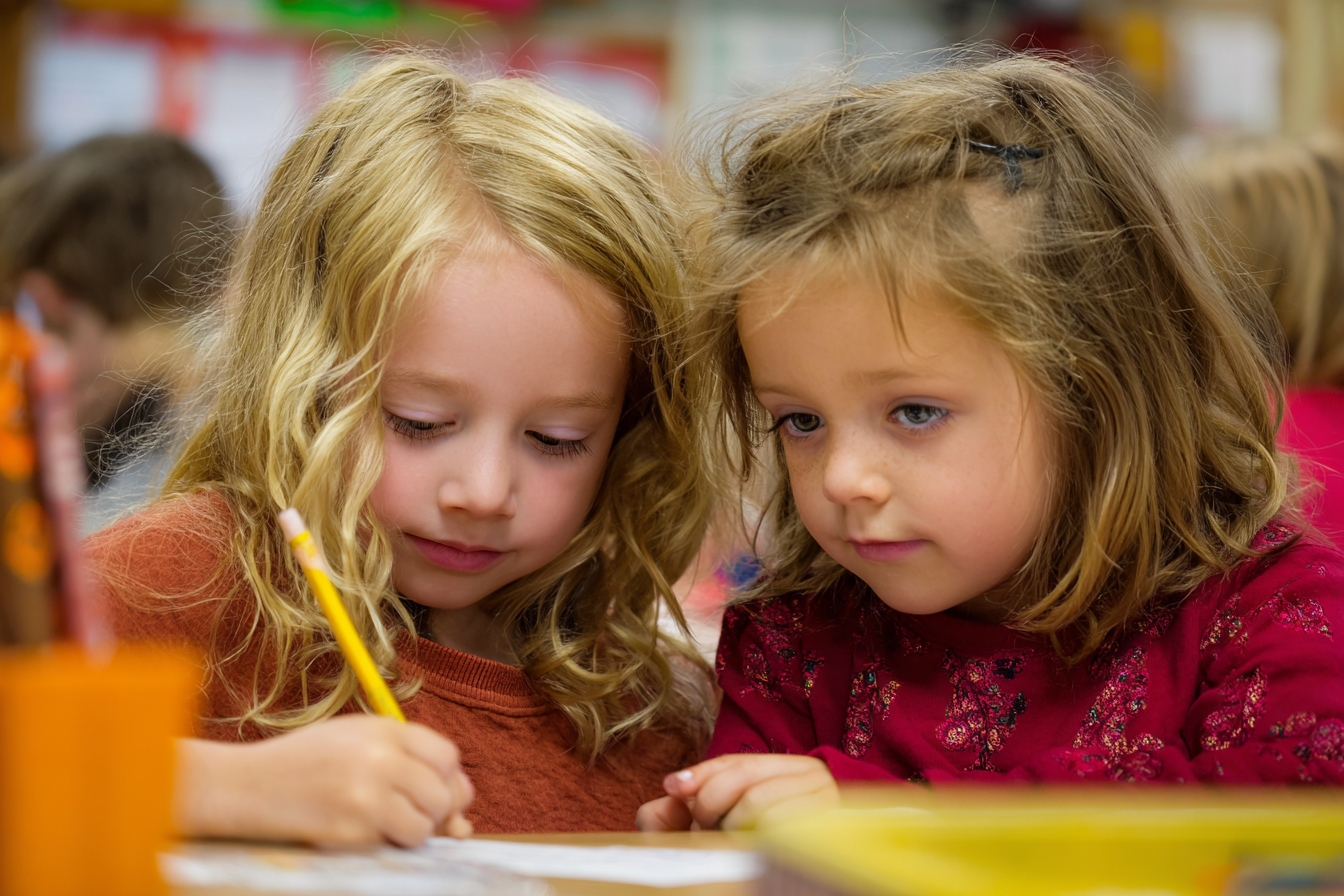Unit Plan 16 (Grade K Social Studies): School and Community Symbols
Explore how school and community symbols—like flags, mascots, songs, and signs—teach belonging, respect, and teamwork through listening, sharing, and simple voting.

Focus: Help children recognize and respect important symbols and traditions at school and in the community—such as flags, mascots, songs, and local signs. Students learn that these symbols stand for belonging, pride, and shared rules. They also practice listening, sharing, and simple voting as ways to participate in their classroom and school community.
Grade Level: Kindergarten
Subject Area: Social Studies (Civics • Community Awareness)
Total Unit Duration: 5 sessions (one week), 20–30 minutes per session
I. Introduction
In this unit, students become “Symbol Detectives” who look for pictures, colors, songs, and signs that show they belong to a school and community. They learn that symbols like the U.S. flag, school logo/mascot, and simple local signs (stop sign, school sign) help people know where they are and what a place believes in or cares about. Children practice showing respect during symbols and traditions (like standing quietly for a song) and use listening, sharing, and simple voting to make decisions about classroom symbols.
Essential Questions
- What is a symbol, and where do we see them at school and around town?
- How do flags, songs, and signs help us know we belong to a group or community?
- What are some ways we show respect during symbols and traditions?
- How can we use listening, sharing, and voting to make choices together at school?
II. Objectives and Standards
Learning Objectives — Students will be able to:
- Recognize and name at least one school or community symbol (e.g., U.S. flag, school logo, local sign) and say what it stands for.
- Describe one way to show respect during a symbol or tradition (e.g., standing quietly, listening, placing hands in a respectful position).
- Identify at least one place where they see symbols in their school or neighborhood.
- Practice listening, taking turns, and simple voting during a class decision related to symbols (e.g., choosing a class animal or color).
- Help create a Class Symbols Chart or Poster showing symbols that represent their classroom, school, and community.
Standards Alignment — Kindergarten (C3-based custom)
- K.C3.Civ.4 — Recognize common symbols and traditions (flag, pledge, school symbols).
- K.C3.Civ.3 — Practice participation: listening, taking turns, sharing, and simple voting.
Success Criteria — Student Language
- I can name a symbol I see at school or in my community (like a flag or school logo).
- I can tell what a symbol stands for (for example, our school, our country, or a rule).
- I can show respect during a symbol or tradition (standing, listening, being quiet).
- I can listen and take turns when we talk about symbols.
- I can vote and accept the class choice, even if it wasn’t my first choice.
